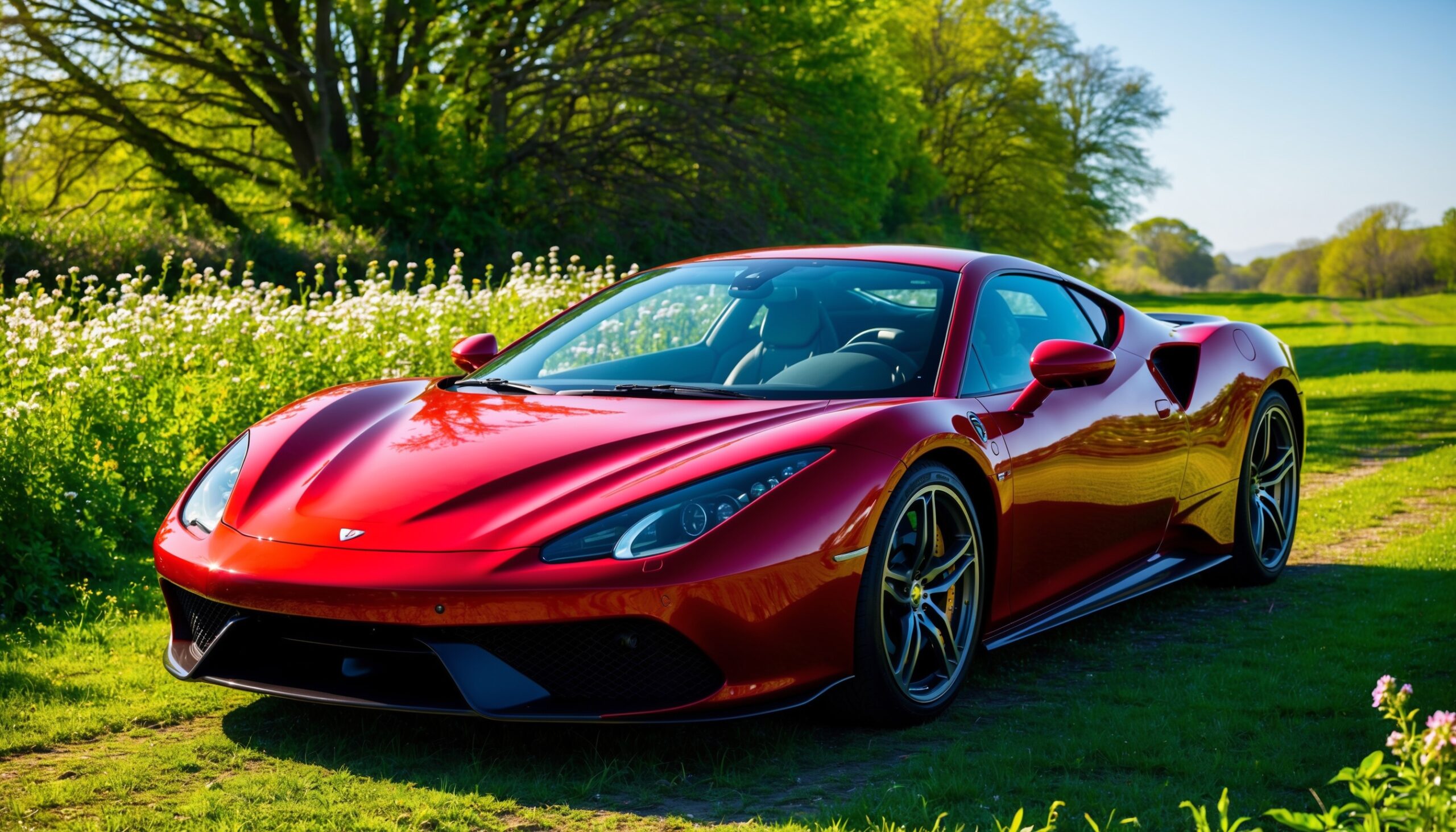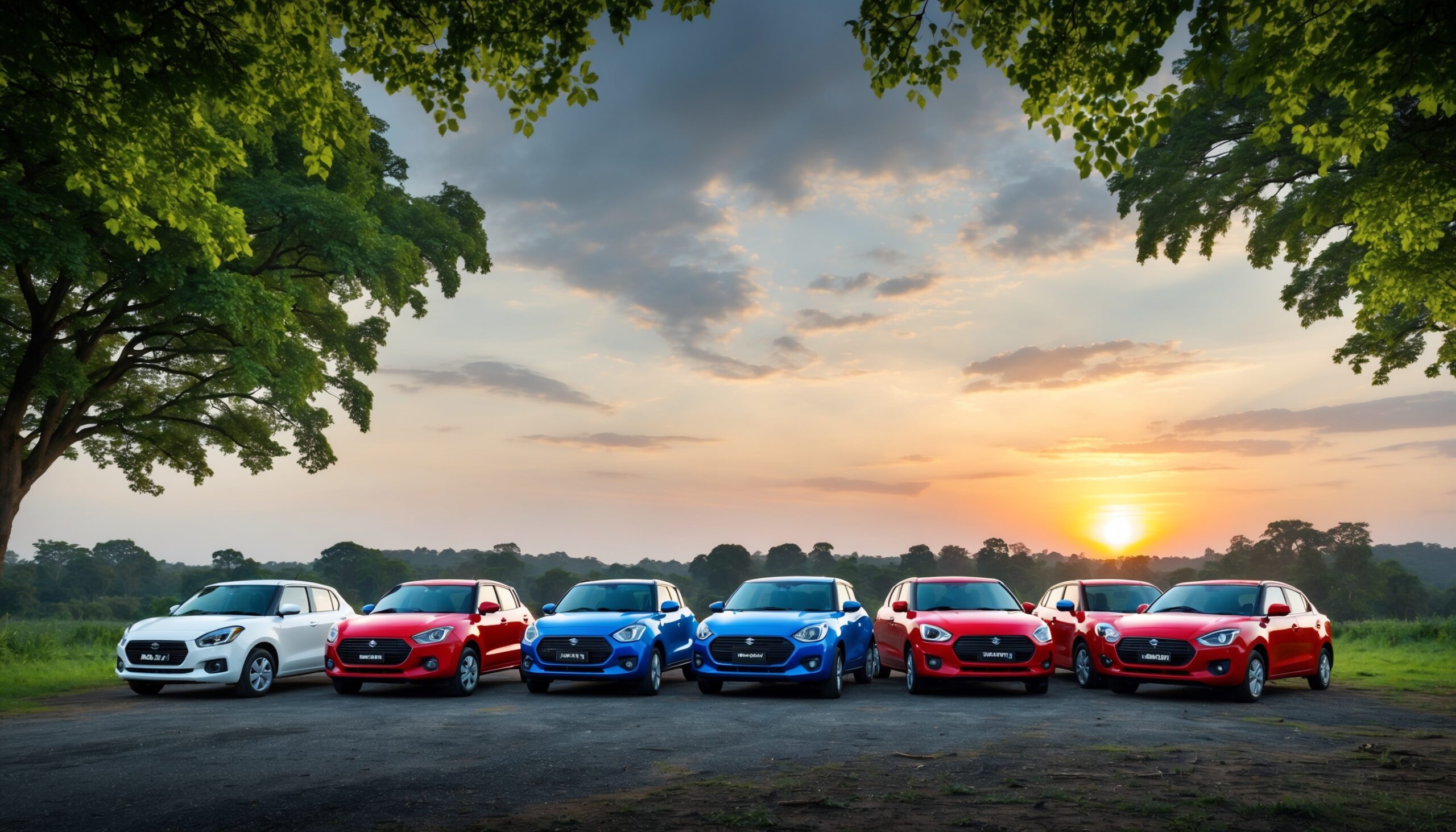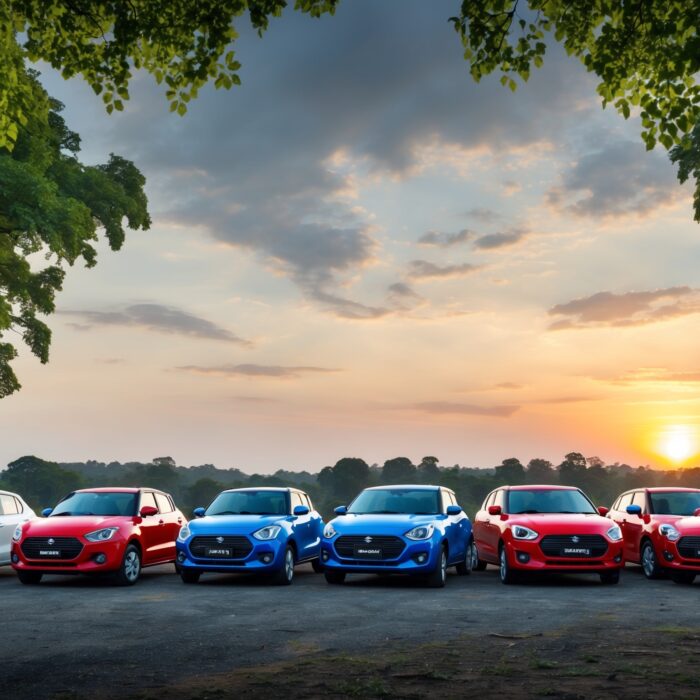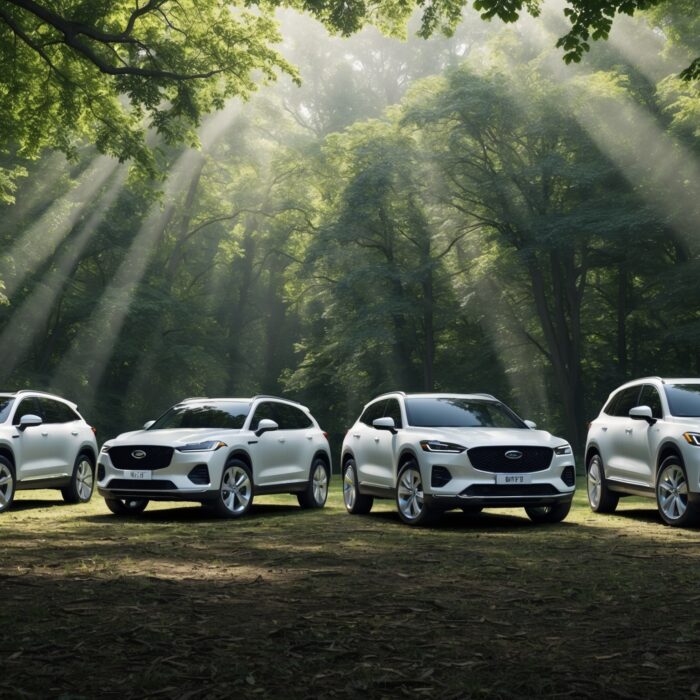The Current State of the EV Market
The electric vehicle (EV) market has been on an unprecedented journey over the last decade. From the early days of niche manufacturers like Tesla revolutionizing the landscape, to mainstream automakers scrambling to catch up, the market has never been more dynamic. However, recent changes in federal incentives have put the industry at a crossroads, creating a mix of excitement and apprehension among enthusiasts and consumers alike.
Also Read: GM and Costco Take Charge: GM to Source Low-Cost LFP Batteries While EV Marketplace Gains Traction
The Role of Federal Incentives
Federal incentives have played a pivotal role in the growth of the EV market. These incentives, typically in the form of tax credits, rebates, and grants, have made electric vehicles more accessible to a broader range of consumers. As of recent years, buyers could receive up to $7,500 in tax credits for purchasing a new EV. This financial relief has been a substantial motivator for many to make the switch from traditional combustion engines.
Current Changes to Federal Incentives
However, as we approach the end of 2023, the landscape is poised for a significant shift. The federal government has announced a gradual phase-out of these incentives, coinciding with the growing maturity of the EV market. For some, this signals an end to the era of easy entry into the EV world, while others see it as a necessary step toward a self-sustaining market.
The Short-Term Rush
The impending expiration of federal incentives has already sparked a short-term rush among consumers. Many buyers are eager to capitalize on available savings before they vanish. This surge in demand is leading to several notable trends within the industry.
Also Read: GM and Costco Take Charge: GM to Source Low-Cost LFP Batteries While EV Marketplace Gains Traction
Increased Sales and Production
As the deadline approaches, automakers are ramping up production to meet the heightened demand. This has led to a temporary spike in sales, as consumers race to secure the financial benefits associated with their purchase. Major brands are seeing unprecedented interest in their electric models, leading to:
- Long wait times: Many dealerships are struggling to keep up with the surge in orders, leading to longer delivery times for prospective buyers.
- Incentives on the dealer level: Some dealerships are offering their own incentives or discounts to attract buyers, further stimulating interest.
- Increased marketing efforts: Automakers are launching aggressive marketing campaigns to remind consumers of the benefits of going electric before the incentives disappear.
Market Speculation
This rush has led to a flurry of speculation among industry analysts and enthusiasts alike. Some predict that the end of federal incentives will lead to a decline in EV sales, while others believe that the market has matured enough to sustain interest without government support. The reality may lie somewhere in between.
Long-Term Uncertainty
While the immediate future of the EV market may appear bright, the long-term outlook is fraught with uncertainty. The phasing out of federal incentives raises several critical questions about the sustainability of the electric vehicle market.
Consumer Sentiment

The question of consumer sentiment is paramount. Will buyers continue to choose electric vehicles when the financial benefits diminish? For many, the decision to switch to an EV was heavily influenced by the availability of incentives. As these incentives fade, we may see a shift in consumer behavior, particularly among those who are price-sensitive.
Automaker Responses
Automakers are also grappling with this uncertainty. Brands that have heavily invested in EV technology will need to adapt their strategies in response to shifting consumer preferences. Some potential responses include:
- Innovating new technologies: Companies may accelerate their efforts to enhance battery technology, improve range, and lower production costs to remain competitive.
- Expanding charging infrastructure: Collaboration with infrastructure providers to expand charging networks could make EV ownership more appealing.
- Focus on sustainability: Brands may place a greater emphasis on sustainability and environmental benefits to attract eco-conscious consumers.
Global Market Influences
Additionally, the global market has a significant influence on the EV landscape. Countries around the world are implementing their own policies and incentives to promote electric vehicle adoption. As a result, the U.S. market cannot be viewed in isolation. Changes in international trade policies, supply chain issues, and global demand will all impact the EV sector’s future.
Environmental Considerations
One of the main driving forces behind the push for electric vehicles has been the urgent need to address climate change. While EVs are often touted as a solution to reducing carbon emissions, the reality is more complex. The environmental impact of EVs extends beyond the vehicles themselves and encompasses:
- Battery production: The mining and production of lithium-ion batteries can have significant environmental consequences, including habitat destruction and water usage.
- Energy sources: The carbon footprint of an EV largely depends on the energy used to charge it. In areas where fossil fuels dominate the energy mix, the benefits of EVs may be diminished.
- End-of-life recycling: As the number of EVs on the road increases, so too will the challenge of managing battery disposal and recycling.
The Enthusiast Perspective
For automotive enthusiasts, the current state of the EV market presents a unique dilemma. Many car lovers are passionate about high-performance vehicles and the driving experience that comes with them. While some EVs have made significant strides in performance, the traditional combustion engine still commands a loyal following. This leads to interesting discussions about:
- The sound and feel: The visceral experience of driving a gas-powered vehicle is something that many enthusiasts cherish, making the transition to EVs a tough pill to swallow.
- Aftermarket modifications: The aftermarket community has traditionally thrived on gas-powered cars. As EVs gain popularity, it remains to be seen how this community will adapt.
- Racing and motorsports: The rise of electric racing series has sparked interest, but will it ever capture the hearts of traditional motorsport fans?
The Future of the EV Market
As we look ahead, the future of the EV market will undoubtedly be shaped by a combination of consumer choices, automaker strategies, and broader societal trends. The end of federal incentives is just one piece of this complex puzzle. Here are some potential scenarios that could unfold:
- Increased innovation: With the pressure of competition, automakers may innovate faster, leading to better technology and more appealing vehicles.
- Market correction: A post-incentive market may see a natural correction, where only the most compelling models thrive.
- Alternative incentives: State and local governments may step in with their own incentives to keep EV adoption on track.
Final Thoughts
As the EV market navigates this critical juncture, it is essential for enthusiasts, consumers, and industry players to stay informed and engaged. The landscape is evolving rapidly, and while the end of federal incentives may introduce uncertainty, it also presents an opportunity for growth and innovation. Here at Torque Feed, we will continue to keep our readers updated on the latest developments in the automotive world, celebrating the passion that fuels our love for cars, whether electric or gas-powered.
In conclusion, the electric vehicle market is at a crucial turning point. The decisions made today will undoubtedly influence the direction of the automotive landscape for years to come. Whether you’re an enthusiast, a casual observer, or a potential buyer, it’s an exciting time to be involved in the world of cars.












